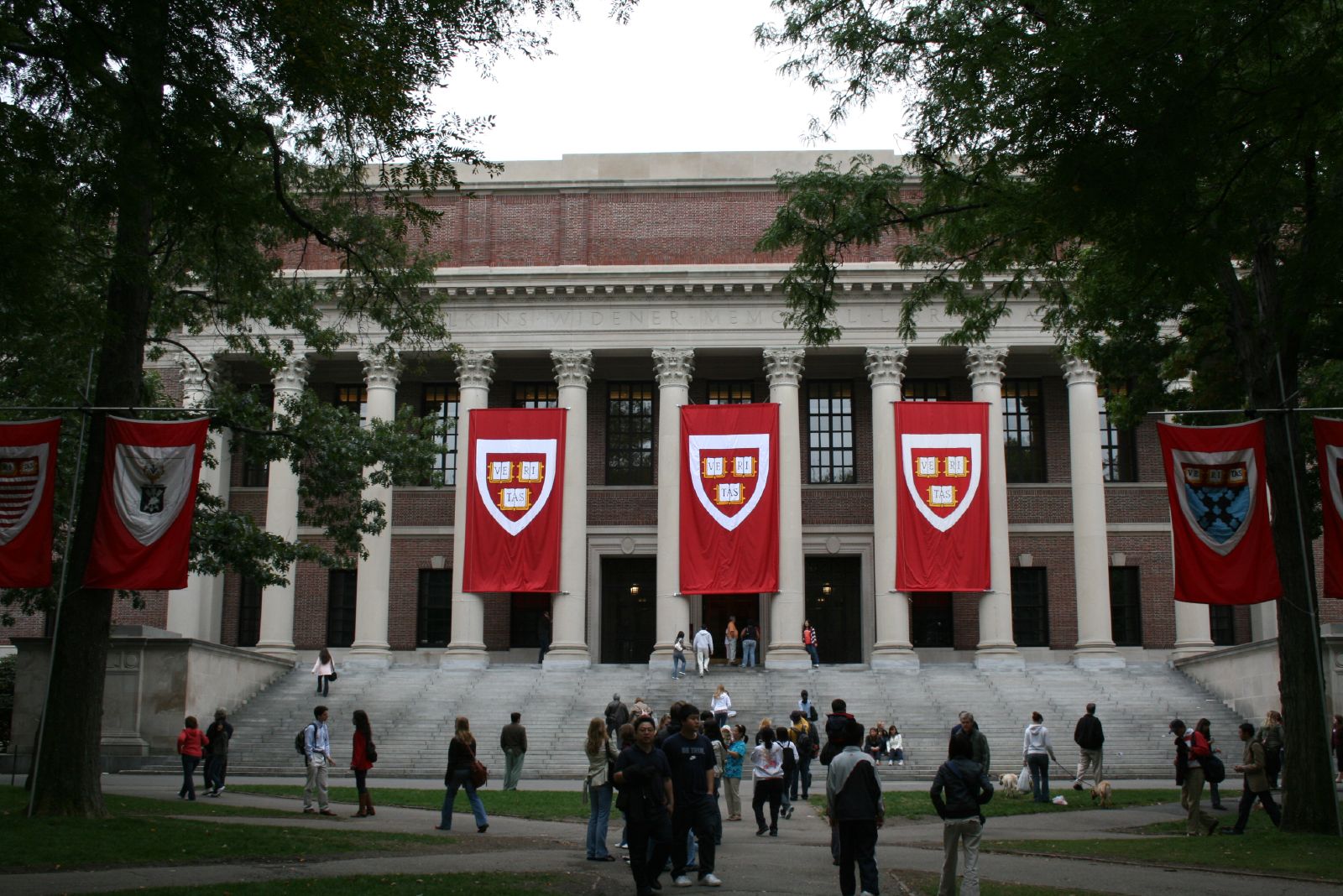Affirmative Action in Universities: What the Courts, the Public, and the Facts Say

During her confirmation hearings, Supreme Court nominee Kentanji Brown Jackson pledged to recuse herself from an upcoming case on affirmative action if she is confirmed as a new justice. Students for Fair Admissions alleges that Harvard—where Judge Jackson serves on the Board of Overseers—is violating the Civil Rights Act with its race-conscious admissions policies. This case has reignited a discourse on affirmative action that has existed in the U.S. for more than half a century.
In the majority opinion of the 2003 Grutter v. Bollinger decision, Justice Sandra Day O’Connor wrote: “We expect that, 25 years from now, the use of racial preferences will no longer be necessary” for universities to achieve diversity. Race relations in the U.S.—and the composition of the Supreme Court—have shifted dramatically since that case. Now, as the 25-year mark approaches and a potentially momentous decision is in sight, The New Center takes a look at affirmative action and the American people’s perception of it.
Affirmative Action in Perspective
When American universities first implemented affirmative action in the 1960s, they did so in response to a pressing problem. Black students made up just 4.3 percent of college enrollment despite Black people representing 10.5 percent of the U.S. population. Black students represented 9.8 percent of college enrollment by 1975 but 11.7 percent of the U.S. population in 1980. But by 2019, the gap had narrowed to within a percentage point. Black people represented 12.6 percent of enrollment and 13.4 percent of the general population.
As diversity in higher education grows, affirmative action programs have evolved with it. Eight states have banned the consideration of race in college admissions, while another 11 states have no public universities that consider race. Only 19 percent of all public universities report considering race in admissions, yet 59 of the 100 largest private universities did so in 2015.
Americans (Likely) Don’t Support Affirmative Action
In February of 2019, Gallup and Pew—two of America’s most respected polling institutions—each released similar affirmative action polls that came to virtually opposite conclusions. In the Pew poll, 73 percent of respondents believed that universities should not consider “race or ethnicity in college admissions decisions.” This included majorities of each race and each political party surveyed. By contrast, Gallup reported that 61 percent of respondents favored “affirmative action programs for minorities.” Gallup notes this was the first time their poll found a majority of white respondents in favor of affirmative action.
Nate Cohn, a public opinion expert at The New York Times, wrote about this issue, “The polls don’t tell a clear story. Some polls show that affirmative action is very popular. Others show that it’s not popular at all. How pollsters pose the question is a critical factor.” Cohn expands, “My best guess is that affirmative action is fairly unpopular. But… it’s not clear that even a well-worded question would give us much insight…”
The abstract nature of this issue might explain why it is so hard to poll. “Affirmative action” does not reference any specific policy, but rather a range of practices which are designed to increase diversity and inclusion. But while polls have presented a mixed picture on affirmative action, the American people, in recent years, have spoken much more clearly at the ballot box on the issue.
Affirmative Action at the Ballot Box
Over the decades, voters have both created and abolished affirmative action policies through state ballot measures. But in the three most recent votes, Americans rejected affirmative action. The table below illustrates how many voters opposed affirmative action, either by voting to ban it (Oklahoma, Colorado) or rejecting an amendment to allow it (California, Washington). 2008 was the last time affirmative action “won” such a vote.
The biggest variable determining who does or does not support affirmative action—perhaps surprisingly—might not be race. According to one analysis of California’s vote, a voter’s level of education was the most significant demographic factor. Counties with more college-educated residents supported affirmative action at much higher rates than other counties.
The Court Protects Affirmative Action
The upcoming Students for Fair Admissions decision is just the latest installment of a long-running legal issue. The Supreme Court has heard nearly 30 affirmative action cases since the 1970s. Some of the landmark decisions include:
Regents of the University of California v. Bakke, 1978
- The Court ruled that universities could not have “racial quotas” or a set number of seats reserved for certain races. But the Court confirmed that public universities could consider race in admissions to promote diversity.
Grutter v. Bollinger and Gratz v. Bollinger, 2003
- The Court overturned the University of Michigan’s “points system” that weighted race too heavily, emphasizing that affirmative action must be narrow in scope. But the Court reaffirmed the constitutionality of race-based affirmative action, but speculated that it might not be necessary 25 years after the decision.
Fisher v. University of Texas, 2016
- The Court upheld Texas’s use of affirmative action, which considered race among other factors to fill seats remaining after admitting the top ten percent of students from each high school. Texas’s use was restrained in scope and came only after purely meritocratic factors.
While voters have had conflicting opinions on affirmative action, the Supreme Court has been relatively stable. The Court has consistently asserted the constitutionality of race-conscious admissions policies while striking down those that establish quotas, make race a primary admissions factor, or are otherwise not narrowly tailored. As a result, opponents of affirmative action have had to work through state legislatures and popular ballot measures.
But as the 25-year window after the Grutter case closes, the Supreme Court could break precedent and dramatically restrict or re-imagine affirmative action in the United States.
